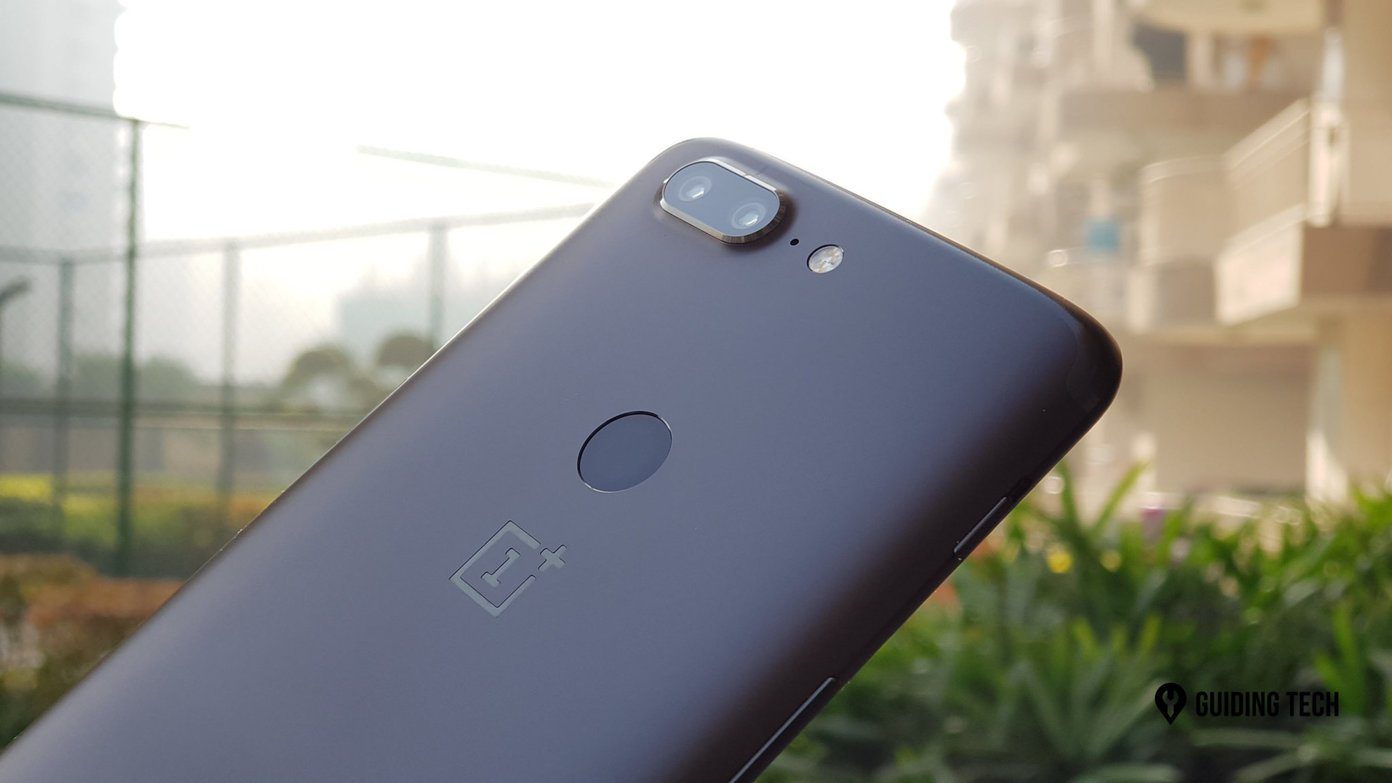Creating an Account
After you log in to rollApp, you’ll then connect your cloud accounts. In this example, I’m connecting my Box account. If you have 2FA on, rollApp supports the connection. I had no problems adding my Dropbox or OneDrive, both have 2FA on. You need two-factor authentication! Check out our guide on how to enable it on critical websites.
Premium Versus Free Pricing
rollApp’s free version lets you read, but not change files. That level is good for trying out the program or opening a file you can’t read. If you want to change or print the files, you’ll need to pay the $6.99 monthly or the $71.88 yearly fee. I rarely need rollApp to change files. When I do, I just pay the monthly fee. The Premium version also lets you print from rollApp, but that’s a feature I also rarely use.
Launching Apps
Since it exists in the cloud, rollApp keeps adding programs. The Quick Launch bar has the most popular apps like OpenOffice. It also remembers your recent apps. You can also add apps from the Chrome Web Store. Using the Chrome Web Store lets you create an icon for the app. Then you can add it to a folder or your shelf on the Chromebook. The apps open in a window separate from the web browser. If you didn’t realize your Chromebook can’t run Linux apps, you would think the app is running natively. That is until you lose your Internet connection.
Opening Files
Once you connect your cloud-based storage, those file systems are accessible from any rollApp. Here I’m using GIMP to access files from my OneDrive. If the file is on your Chromebook, opening it requires an extra step. Head on over to the home icon from the rollApp and select choose file from your computer. That uploads the file and opens it in the suggested application. That feature is part of their RollMyFile service. If the default app isn’t the one you want, save the file and then open it in another program.
Features and Limitations On a Chromebook
We covered how to run Linux or Windows programs before on a Chromebook. With Linux, you need to make some modifications to your Chromebook to get it to work. You also need to know how to install Linux programs. rollApp does it all for you. Programs like Parallels Access or Chrome Remote Desktop let you remote into another computer and run software remotely. rollApp is similar, but it does it all in the cloud. That’s great if you’re concerned about security or you have a slow upload speed on that remote system. Since rollApp runs on any platform, you can switch from your Chromebook and pick it up on any browser or mobile device. These apps don’t run offline, so you’ll need to keep your internet connection. If you lose it while working, rollApp keeps your program open for 15 minutes. Hopefully, that’s enough time to save your work. The list of apps keeps changing at rollApp. Right now they promise programs like Audacity and Handbrake, but they aren’t available as of this writing. Most popular Linux programs are included like GIMP. Another feature of rollApp is it lets you host a file on their server with read-only access. You can embed an OpenOffice document on your website and share it with others. That’s great for presentations. The above article may contain affiliate links which help support Guiding Tech. However, it does not affect our editorial integrity. The content remains unbiased and authentic.



















